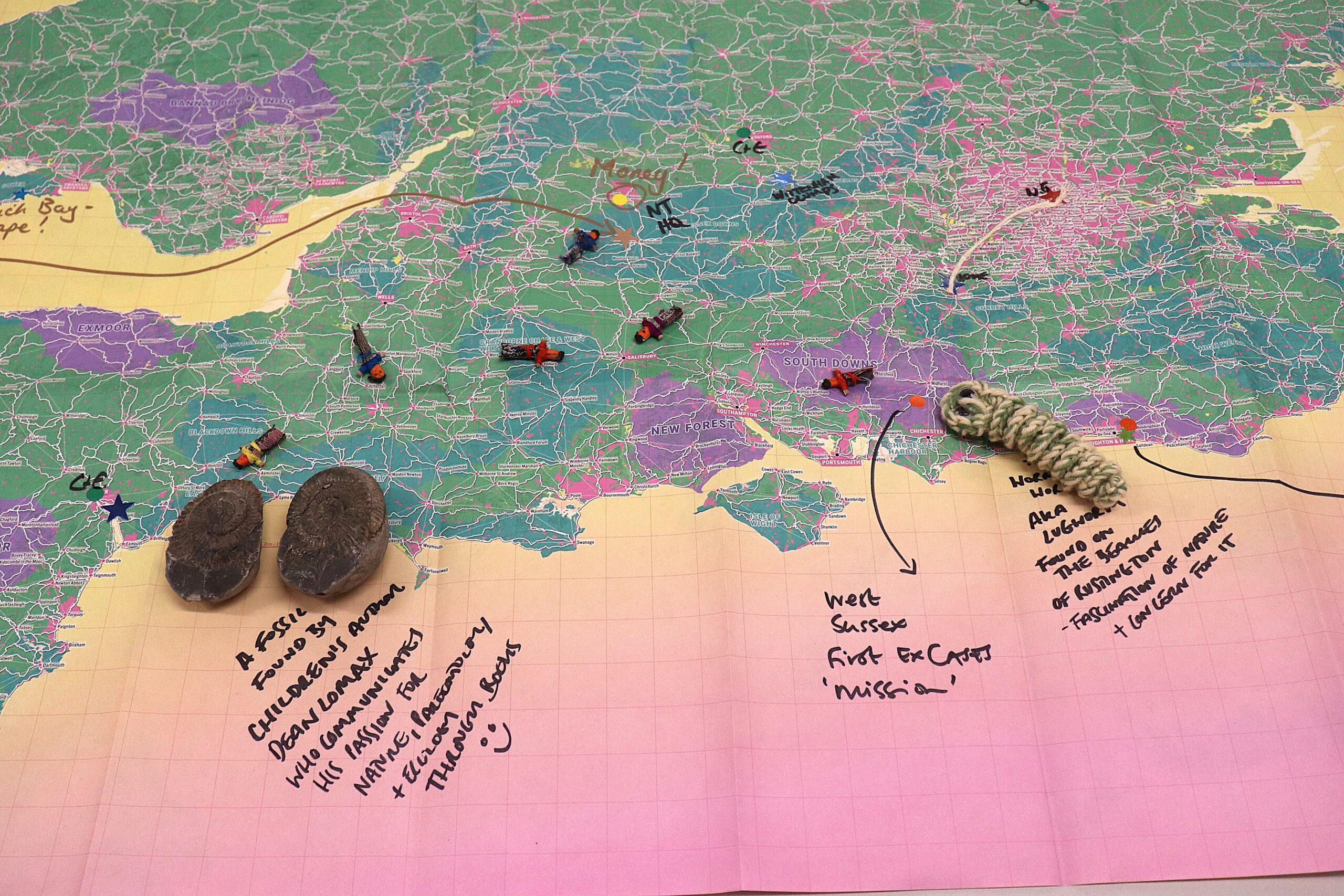

Published on 10 November 2025

Ryan Shum – University of Exeter

Paul Merchant – National Life Stories | British Library
Environmental researchers have long recognised the need for multi-faceted, collaborative and inclusive approaches to addressing complex challenges such as biodiversity renewal. However, knowledge about how to collaborate well across disciplinary boundaries and beyond academia remains siloed, with patchy translation into practice. Much of the learning remains short-term and tacit, failing to ‘stick’ beyond the end of individual projects.
This work aims to:
In response to this challenge, the X3 team in RENEW are documenting collaborative experiences in the past through partnership with The British Library; and in the present through reflexive research investigating collaboration with the wider RENEW team. This work will explore and share learning about good practice for interdisciplinarity throughout the life of the project, while generating an archive of environmental collaboration for future collaborative ventures.
Our ‘Living’ Guide to fostering collaborative practices produced early in the project synthesises lessons from past attempts at environmental interdisciplinarity and existing research literature. Shaped by feedback from partners and lessons from the experience of RENEW, the document offers practical recommendations and suggestions for facilitating collaboration that is applicable to research working across and beyond academia.
X3 researchers are conducting an ethnographic study of interdisciplinary collaboration with RENEW as the primary research site, enabling us to document these practices as they happen. Through a combination of participant observation, interviews, focus groups, creative workshops and visual methods, we are capturing the everyday practices, negotiations and efforts at collaboration across the multiple disciplines, Themes and partnerships in play across the project. This is enabling us to rigorously document known but largely ‘anecdotal’ experiences as well as explore less well recognised aspects of interdisciplinarity such as the role of place – and online working – in environmental collaboration.
We are, in turn, contextualising RENEW’s work as part of NERC’s wider Changing the Environment programme, itself an iteration of longer term cycles in science-policy relations. We are analysing our ethnographic data alongside the oral history material to start disentangling the unique aspects of collaboration in RENEW from sector wide issues and longer-term changes over recent decades. This analytic work has also driven a process of reflection with our British Library partners thinking through our own collaborative practices, generating shared outputs and considerations on how social scientists and historians can work together.

Above: The collaboration in practice team conducting a collaborative reflective session joined by Mary Stewart, Lead Curator of Oral History at The British Library.
Our next steps involve continuing fieldwork across the different themes of RENEW and analysis of the multiple forms of data we have collected so far, as well as work on academic papers. We are also integrating feedback from RENEW colleagues and partners with our emerging research findings, to create version 2.0 of the Living Practice Guide, to ensure that our work is accessible and useful to all.
Read Kelly Stevens blog: RENEW Collaboration in Practice
Access the RENEW X3 Collaboration in Practice guide: ‘A living’ guide to fostering collaborative practices in RENEW,’ below.